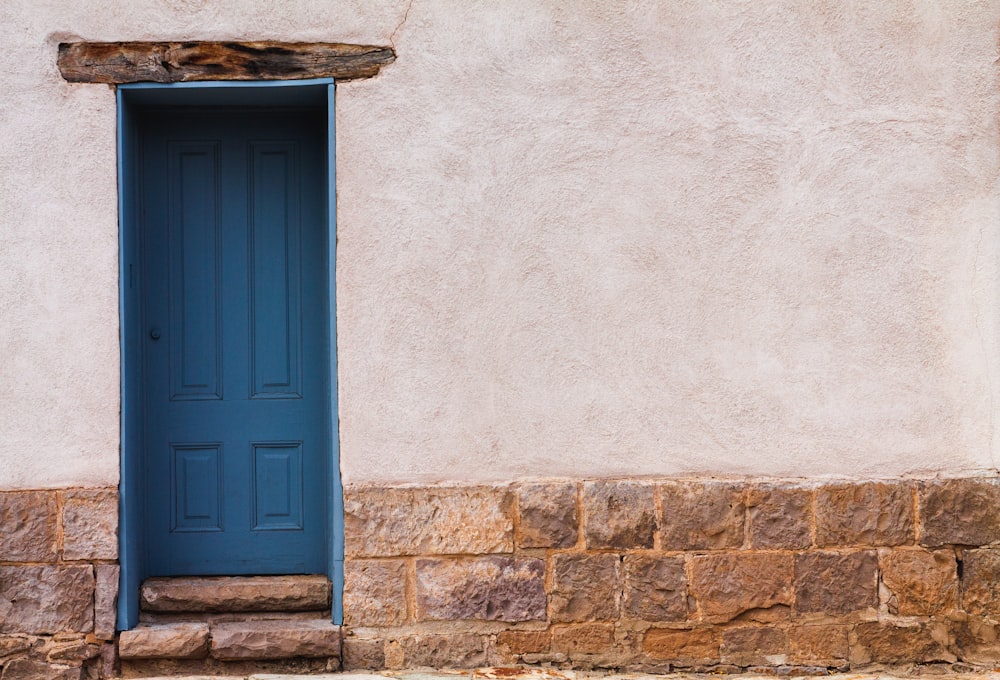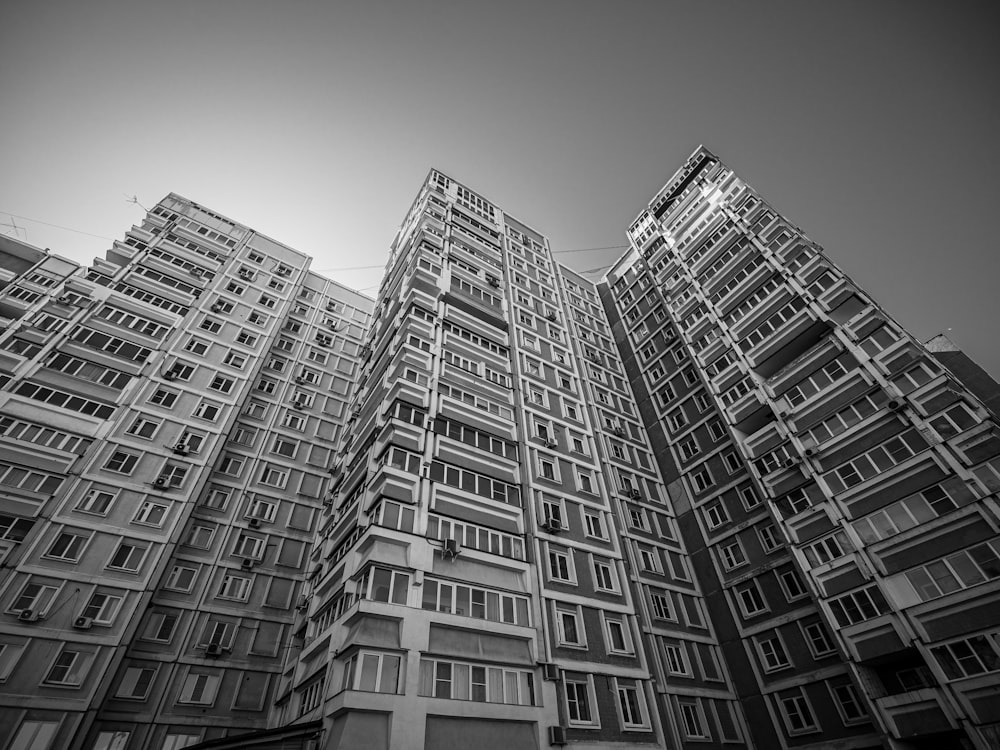Unraveling the Legacy of Spanish Colonial Architecture
In the realm of architecture, few styles are as rich in history and influence as Spanish Colonial. From the majestic cathedrals of Latin America to the charming haciendas of the southwestern United States, the legacy of Spanish Colonial architecture is evident in architectural marvels across the globe. Let’s delve into the intricate details of this architectural style and uncover the stories behind its enduring allure.
A Journey Through History
The roots of Spanish Colonial architecture trace back to the colonization of the Americas by Spanish explorers in the 15th and 16th centuries. Influenced by a blend of European, indigenous, and Moorish design traditions, Spanish Colonial architecture flourished in regions under Spanish rule, leaving an indelible mark on the built environment.
Architectural Elements and Characteristics
One of the defining features of Spanish Colonial architecture is its distinctive blend of architectural elements and characteristics. From whitewashed stucco walls and red-tiled roofs to wrought-iron balconies and ornate wooden doors, Spanish Colonial buildings are characterized by their simple yet elegant aesthetic.
The Influence of Climate and Geography
The design of Spanish Colonial buildings was often influenced by the climate and geography of the regions in which they were built. In hot, arid climates, buildings were constructed with thick adobe walls and shaded courtyards to provide relief from the sun, while in humid regions, buildings featured open-air verandas and high-pitched roofs to promote ventilation.
Religious Architecture
Spanish Colonial architecture is perhaps most famous for its religious buildings, including churches, cathedrals, and missions. These buildings served as centers of worship and community life, and many are renowned for their grandeur and architectural beauty. From the baroque splendor of Mexico’s cathedrals to the simple elegance of California’s missions, Spanish Colonial churches are a testament to the enduring power of faith and tradition.
Civil and Domestic Architecture
In addition to religious buildings, Spanish Colonial architecture also encompassed a variety of civil and domestic structures. Palaces, government buildings, and haciendas were often built in the Spanish Colonial style, featuring courtyards, arcades, and lush gardens. These buildings served as symbols of wealth and power, reflecting the social hierarchy of the colonial era.
Legacy and Preservation
Today, the legacy of Spanish Colonial architecture lives on in the form of architectural treasures preserved for future generations to admire. Efforts to document, restore, and maintain Spanish Colonial buildings are ongoing, ensuring that their beauty and historical significance endure for centuries to come. From UNESCO World Heritage sites to local landmarks, Spanish Colonial architecture continues to captivate and inspire all who encounter it.
Embracing Diversity and Tradition
While Spanish Colonial architecture has its roots in the colonial era, its influence extends far beyond its historical context. Today, architects and designers continue to draw inspiration from the timeless beauty and elegance of Spanish Colonial buildings, incorporating elements of this architectural style into contemporary designs. By embracing diversity and tradition, we honor the legacy of Spanish Colonial architecture and ensure that its influence remains alive and vibrant in the modern world. Read more about spanish colonial




